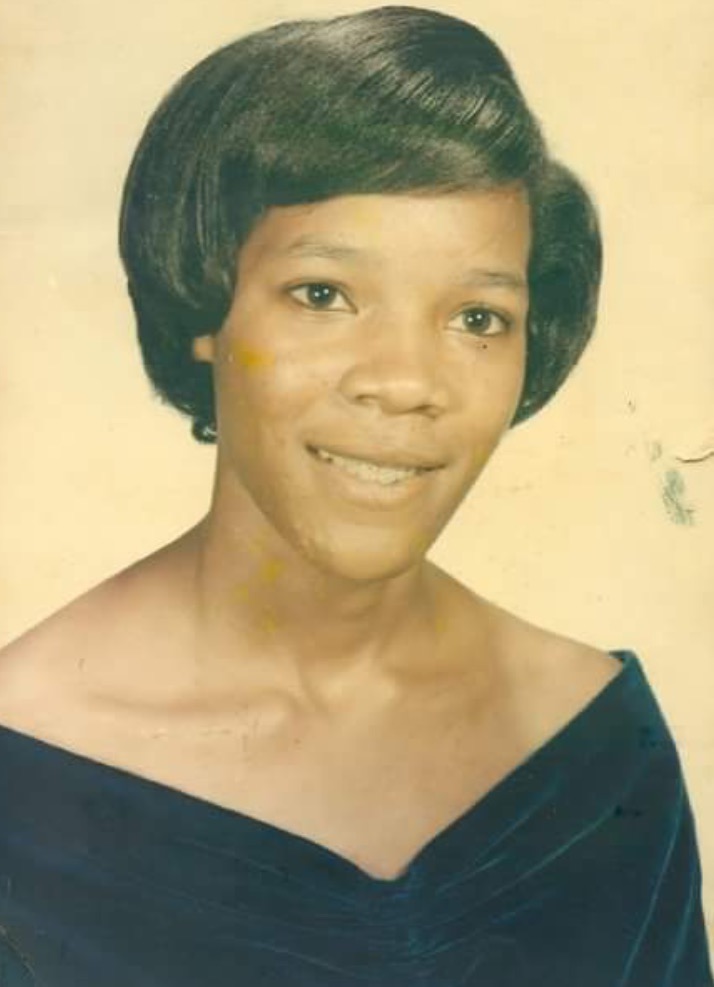
Philip B. Downing: Inventor of Modern-day Mailbox
- T. Brookshire

- Dec 16, 2023
- 3 min read
Updated: Dec 17, 2023

The next time you use one of those iconic blue USPS receptacles on a mail run, take a moment to remember the name of Black inventor: Philip B. Downing (1857-1934).
Throughout the evolving narrative of mail delivery, there have been countless iterations of mail receptacles. Among these, the contributions to the modern-day post box by an African American inventor have been unduly overshadowed in the annals of history.
Childhood and Background
Born in Providence, Rhode Island on March 22, 1857, Downing's creative disposition was evident from his childhood as he was exposed to influential figures throughout his life. His environment played a crucial role in nurturing this trait and therefore it is no surprise that he became an innovator due to his family of business owners. He was simply following in the footsteps of his father, George T. Downing, an abolitionist and business owner, and his entrepreneurial mother, Serena L. deGrasse. His grandfather, Thomas Downing, was a successful businessman in the financial district of Manhattan in 1825 and a significant player in the United Anti-Slavery Society of New York in the mid-1830s.
Pioneer of Multiple Innovations
The genesis of Downing's journey into inventions can be traced back to 1890. He was the architect behind at least five seminal inventions, including two different designs for street letter boxes (U.S. Patent numbers 462,092 and 462,093), a railway switch mechanism (U.S. Patent number 430,118), an envelope moistener, and a desktop notepad. Each of these creations represents a significant leap forward in their respective domains. But his letter box is the most prominent.

Family Relocations Spawn Idea
Downing’s idea for the letter box came about because his family relocated often. In an era predating the ubiquity of automobiles in the early 19th century, the act of mailing pieces of mail or packages was a significant undertaking. In every city they lived in, it was difficult for them and everyone else to travel long distances to a post office. There was also the risk and delays of inclement weather. The very first post box was invented by Albert Potts who stuck his mail repositories onto lamp posts. But only a few of these mail receptacles were utilized by the Postal system because they were fraught with serious issues. Not only were they easy targets for vandals and thieves but they also weren't weatherproof, leading to soggy letters and damaged packages.

Revolutionizing Mail Delivery
However, Philip B. Downing would patent an innovative device in 1891 that would change the postal service forever. His clever design would feature a self-standing letter box with four legs, constructed of metal. A self-closing hinge door kept mail safe from potential theft and effectively shielded the mail from rain, snow, and the weather elements that would seep inside of the box. It also involved a chute with a swinging portion that would easily and securely transfer mail into a postal worker's bag. He called his device a "street letter box" and it is the predecessor of today’s mailbox. In his patent description, Downing emphasized his intention to enhance the speed, ease, and reliability of mail collection, compared to existing models.

Recognizing Downing's remarkable ingenuity and the convenience of his solution, postal authorities installed his postboxes in multiple neighborhoods, near residents' homes, to make it easier for people to drop their mail inside of a tall metal box. It was easy and convenient for the mail sender and also facilitated an easy pickup by a letter carrier.
Following a long 30-year career as a postal clerk in Boston, MA, Downing would retire in 1927. He passed away in Boston in 1934 at the age of 77.
Legacy
Downing’s letterbox (known today as a mailbox) has since gone through several improvements. During the early 20th century, the U.S. Postal Service approved the design of a locking curbside mailbox. Additional specifications for installing curbside mailboxes that included placing the letterbox 6-8 inches back from the curb were also introduced.
His legacy, underappreciated in his time as well as the present, deserves recognition and celebration as the modern post box has multiple features derived from Downing's inventions, making it a breeze for us to send mail within close proximity of where we work and live.

Today, the modern post box, ubiquitous in its utility, incorporates features originating from Downing's visionary designs. These blue USPS receptacles, once a major staple in our Americans' daily lives, are a silent homage to Downing's legacy. Your past, present, and future interactions with these boxes are an unwitting nod to Philip B. Downing. So next time you drop a piece of mail off in one of those blue boxes, please take a moment to reflect on Philip B. Downing's contributions. We even hope that one day he will be immortalized with his own postage stamp.







Comments